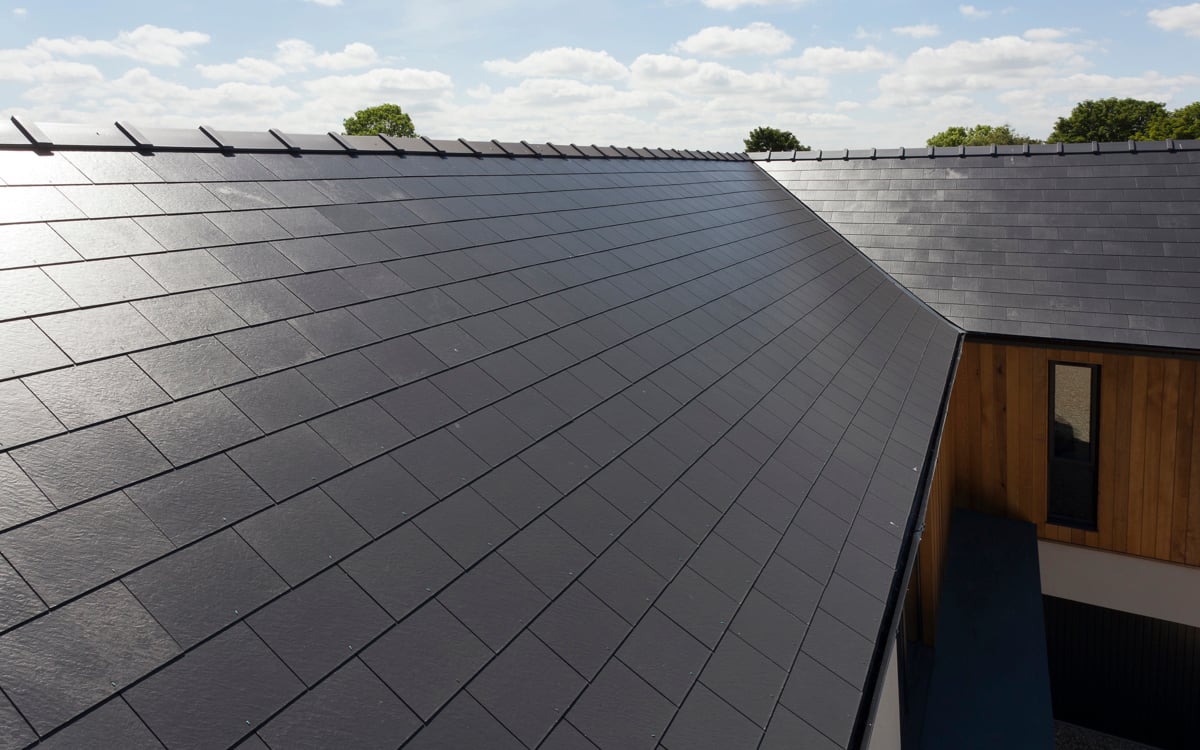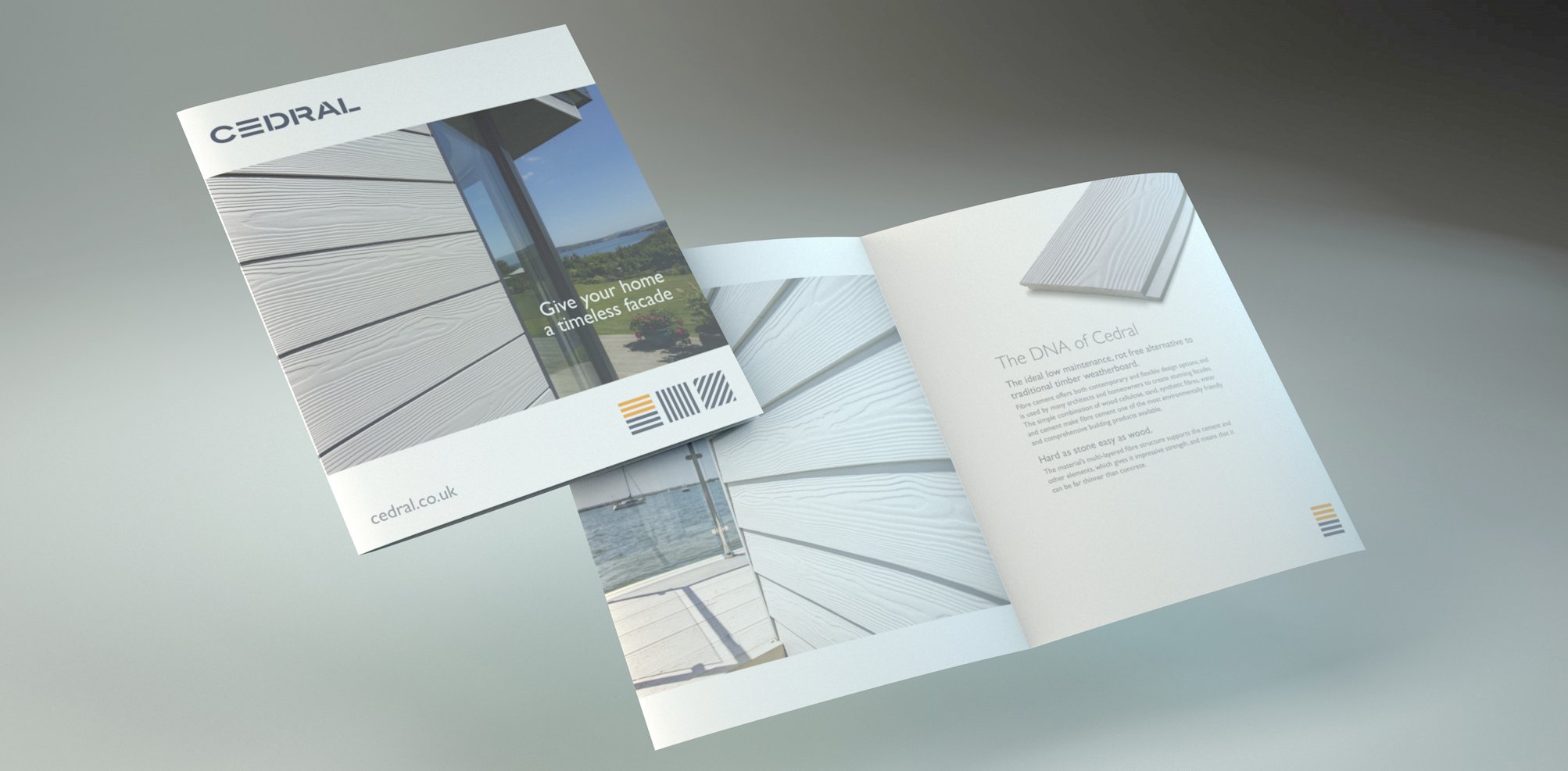At Cedral we know that your home is a haven, and we recognise that protection and safety is paramount for you and your family. We are aware how important it is to understand the characteristics and features of building materials for your projects. Cedral has a long-standing commitment to ensuring our fibre cement facades and roofs comprehensively meet the fire performance classification A2-s1,d0 to EN 13501-1:2018.
You may also have seen references to the controversial Class 0 in recent years. Here we explain all of the fire classification ratings and what they mean, including Class 0 and why you should avoid it. By the end of this blog, you will see why Cedral is one of the most reliable choices when it comes to the safety and protection of your home.

Let’s start with the basics
The European standard of fire safety is the Euroclass system, recognised as the standard of fire safety across Europe. It was introduced by the European Union in 2000 to remove trade barriers between member states and ensure consistent quality levels. It classifies the reaction to fire (the behaviour of materials when exposed to heat or fire) and evaluates multiple aspects such as ignitability, flame spread, heat release, smoke production and tendency for producing flaming droplets and/or particles. The European standard is EN 13501-1, which is met by all Cedral materials.

What does this mean?
The European classification ranks construction materials in seven classes according to their fire behaviour - A1, A2, B, C, D, E and F. It also classifies these materials with regard to smoke development - s1, s2 and s3 - and the formation of flaming droplets/particles - d0, d1, d2. A1 refers to non-combustible materials, A2 is very limited combustibility, while B, C and D range from limited to medium combustibility and E and F designate a high contribution to fire. ‘s’ refers to the total smoke emitted during the first 10 minutes of exposure to fire. s1 materials produce little or no smoke, s2 emit quite a lot of smoke and s3 produce substantial smoke. The ‘d’ part of the classification covers the number of flaming droplets and particles that are produced within the first 10 minutes of fire exposure, with d0 designating no droplets, d1 some droplets and d2 quite a lot of droplets.

What is the fire classification for Cedral materials?
Cedral’s A2-s1, d0 fire performance classification for our facades and roofs means our materials are classed as of limited combustibility. They emit little or no smoke for the first 10 minutes they are exposed to fire and produce no flaming droplets or particles. Cedral materials do not contribute to the formation or spread of a fire.
What is Class 0?
UK fire classification Class 0 indicates the surface spread of flames and not the combustibility of the material itself when involved in a fire. It was introduced in the UK Building Regulations on fire safety in 1991 and remained in place after the Euroclass system was introduced in 2000, even though Class 0 does not demonstrate the same performance as the Euroclass system. For example, combustible materials can achieve a Class 0 classification
Class 0 is an old, out-of-date national product classification and should not be used to determine the fire safety of building materials because it says nothing about the combustibility of the material in a fire.

Need more help?
If you would like more information on fire safety and/or fire classifications for buildings, get in touch. Whether you’re an architect, designer or contractor, our dedicated technical and specification team offer expert help on choosing products to meet the demands of the current fire performance stipulations. We can support your project from the initial design concept through to build completion and beyond.
Study our technical documents or contact us directly here.
Choose safety, choose Cedral – find out more
